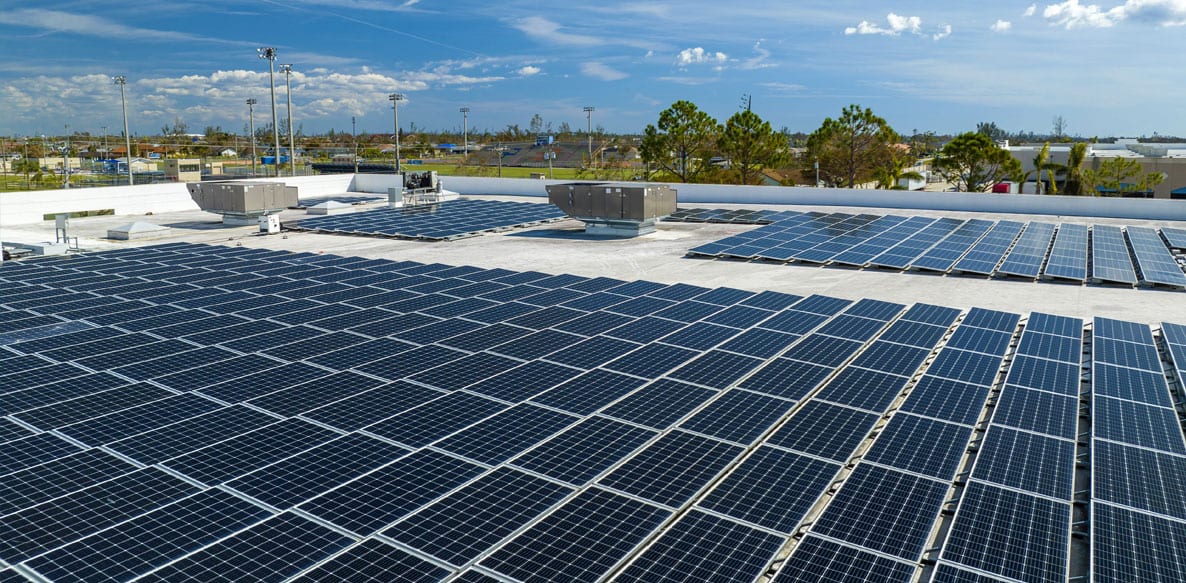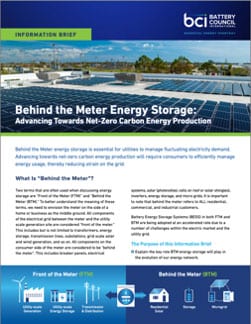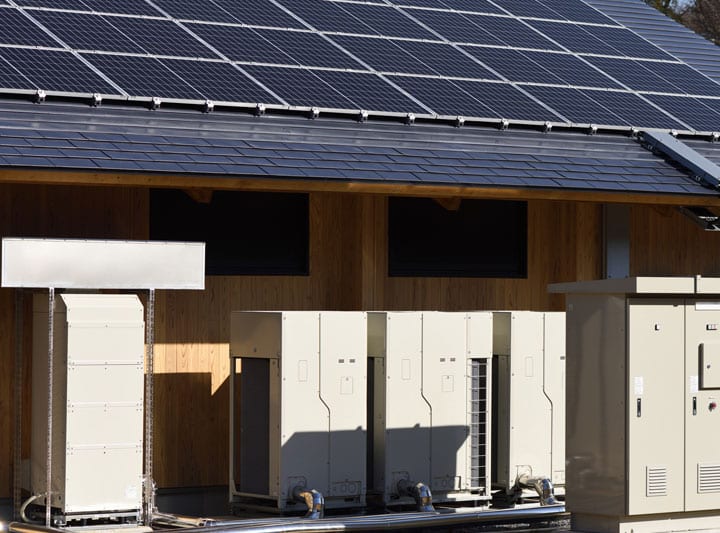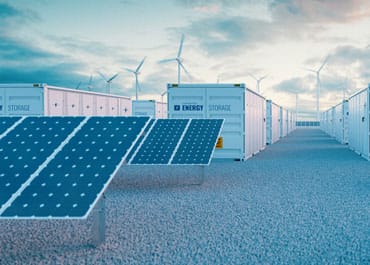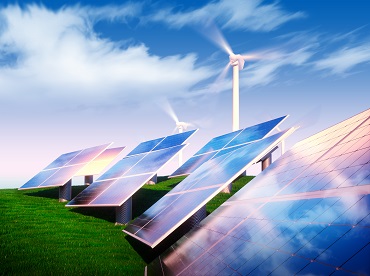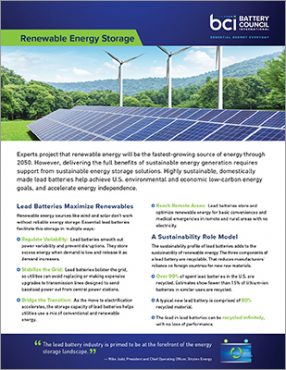Advancing towards net-zero carbon energy production will require efficient consumer energy management. Behind the Meter energy storage is essential to alleviate grid stress from power usage fluctuations and peak electricity demand charges.
Utility-grade Energy Storage
Utility-grade energy storage systems play a critical role in enhancing the reliability, efficiency, and sustainability of energy grids. By...

